The Dead Christ
Black stone and highlights with white chalk on paper
Annotated “study by C. Nanteuil for (the Delivered?)” on the mount
13.5 x 34.4 cm
Glued at the four corners on the mount old
Born in Rome in 1813, Célestin François Nanteuil-Leboeuf is a French romantic painter, engraver and illustrator who enjoyed immense notoriety during his lifetime. He trained at the École nationale supérieure des beaux-arts in Paris where he was admitted in 1827 to the studio of Eustache Langlois before joining the studio of Jean-Auguste-Dominique Ingres from 1829.
Célestin Nanteuil frequents the romantic circle around literary figures such as Victor Hugo, Alexandre Dumas, Gérard de Nerval and Théophile Gautier. The artist puts his creative freedom and his ornamental verve at the service of writers and magazines for the creation of vignettes or frontispieces. Indeed, from 1840 to 1856, he produced numerous illustrations for works by contemporary authors and also provided etchings for The Saints Gospels of Alexandre Bida. Its highly imaginative iconographic repertoire combines settings from the Middle Ages and characters inspired by the Renaissance. His abundant engraved production is divided into two episodes: the admirable etcher of the 1830s resorted almost exclusively to lithography from 1845. He produced lithographs after old and contemporary masters as well as original compositions. He exhibited at the Salon from 1850 until his death in 1873.
The drawing we are offering seems strongly inspired by the Dead Christ made around 1650-54 by Philippe de Champaigne (1602-1674). Célestin Nanteuil certainly admired this oil on wood at the Louvre Museum where it has been kept since 1793. This work was also widely disseminated through engraving. We know, thanks to the catalog of the sale after Célestin Nanteuil's death which was held at the Hôtel Drouot on February 9 and 10, 1874, that he produced several drawings and painted studies after old masters (Van Dyck, Velazquez, Rubens, Jordeans, Tintoretto, Titian and even Guercino).




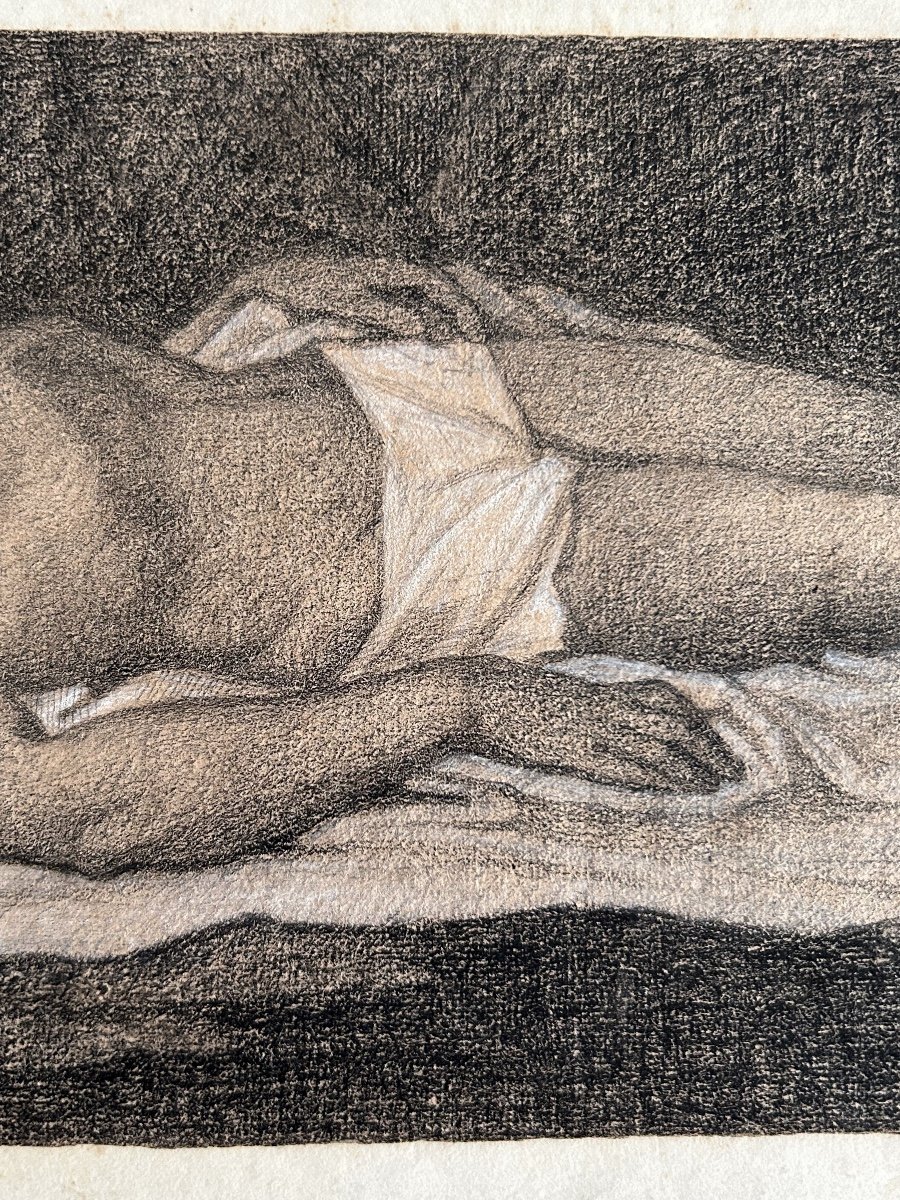

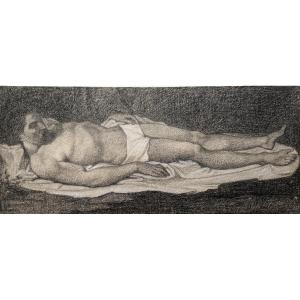




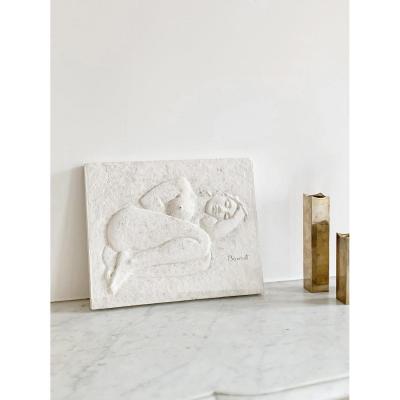
















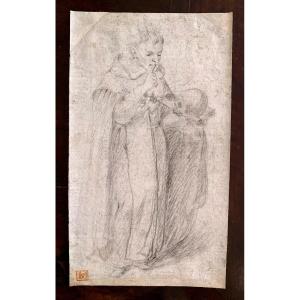
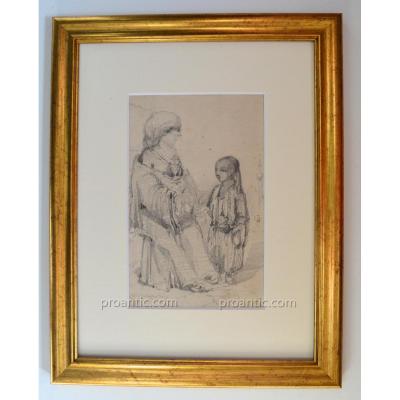




 Le Magazine de PROANTIC
Le Magazine de PROANTIC TRÉSORS Magazine
TRÉSORS Magazine Rivista Artiquariato
Rivista Artiquariato